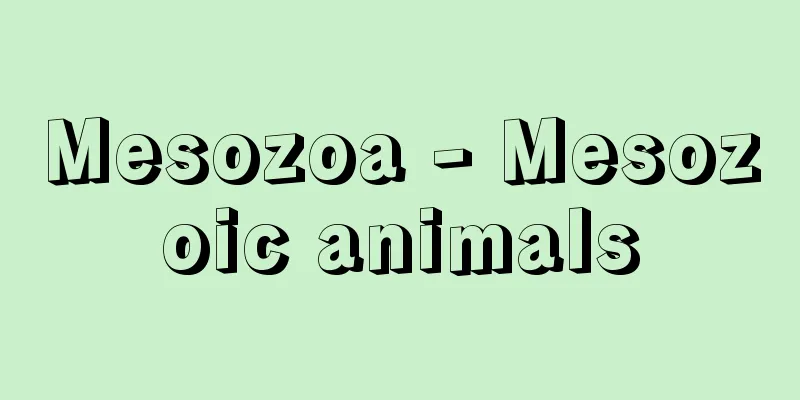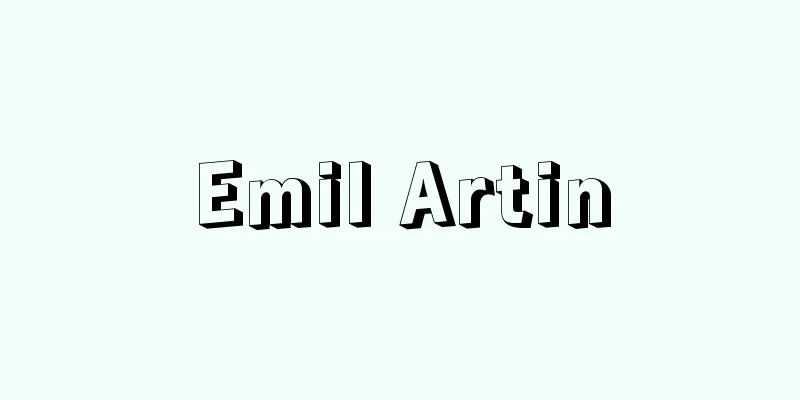Mesozoa - Mesozoic animals

|
This was the name once given to the Diplomorpha, intermediate animals between Protozoa and Metazoa. Currently, it is treated as a class within the phylum Platyhelminthes, and consists of two orders, Diplomorpha and Orthostraca. This group of animals is generally microscopic in size, with a band-like (former) or cone-like (latter) external shape. Because they parasitize the bodies of marine animals, their internal structure is extremely simplified, but at one stage in their life cycle, they all have ciliated areas on their body surface. Inside their bodies there are several to several dozen cells, from which new individuals are formed. The term Mesozoa was not once a systematic taxonomic group, but rather a group of animals with a simple structure that corresponded to the morula or mesozoan blastula stage of individual development. However, subsequent research has led to most of them being incorporated into other animal groups. For example, Amoebophrya , Neresheimeria , and Haplozoon are treated as dinoflagellates, Physemaria as foraminifera, Treptoplax and Xenoturbella as jellyfish, and Buddenbrockia as a degenerate nematode. The only Mesozoa in the strict sense that connects protozoa and metazoa is the Placozoan Trichoplax . [Minoru Suzuki] [Reference] |Source: Shogakukan Encyclopedia Nipponica About Encyclopedia Nipponica Information | Legend |
|
原生動物と後生動物との中間動物としてかつて二胚虫(にはいちゅう)類に与えられた名称。現在では扁形動物門(へんけいどうぶつもん)の1綱として扱われ、二胚虫類と直遊虫類との2目からなる。この動物群は一般に顕微鏡視的な大きさで、外形は帯状(前者)か円錐(えんすい)状(後者)。海産動物の体内に寄生するため内部構造はきわめて単純化しているが、生活史の一時期には例外なく体表に繊毛域を有する。体内には数個から数十個の細胞があり、これらから新個体が形成される。 中生動物という語はかつては体系だった分類学上の一群ではなく、体制が簡単で個体の発生過程における桑実(そうじつ)期または中実胞胚(ちゅうじつほうはい)期に相当するような動物群のことであった。ところが、その後の研究によりその大部分はほかの動物群中に編入されるようになってしまった。たとえば、AmoebophryaやNeresheimeria、Haplozoonは渦鞭毛虫類(うずべんもうちゅうるい)に、Physemariaは有孔虫類に、TreptoplaxとXenoturbellaはクラゲ類に、Buddenbrockiaは退化した線虫類として扱われ、原生動物と後生動物とを結ぶという厳密な意味での中生動物は、板生動物のTrichoplax(センモウアメーバヒラムシ)だけといわれている。 [鈴木 實] [参照項目] |出典 小学館 日本大百科全書(ニッポニカ)日本大百科全書(ニッポニカ)について 情報 | 凡例 |
>>: Chungcheong-do (English spelling)
Recommend
Shrimp kudzu - Shrimp kudzu
…The name of a piece of gagaku and orchestra. It ...
kline
…The oldest surviving wooden tables are those use...
Snow damage - Setsugai
Disasters caused by heavy snowfall. In Japan, sno...
Beanland Legend - Beanland Legend
According to the Icelandic sagas, Greenlandic colo...
Boss and subordinate - oyabunkobun
Synonymous with "Oyakata" and "Koka...
Akiyoshi Yamada
A Meiji era soldier and clan politician. Born on ...
Convention on the Rights of the Child
A treaty that recognizes children (all people und...
Maat
A basic concept that defines the ancient Egyptian ...
Oblomov - Oblomov (English spelling) Oblomov
A full-length novel by Russian author Goncharov. ...
Dewantara
…Indonesian nationalist and leader of the nationa...
Ito Line - Itosen
The name of the track of East Japan Railway Compa...
Kinzo - Kinzo
1821-? A castaway from the late Edo period. Born ...
Kalendae
…In this case, the day is calculated including th...
Agelastes meleagrides (English spelling) Agelastesmeleagrides
...The legs are strong and well developed. The fo...
Speedometer - speedometer
It is an instrument that measures and displays th...









